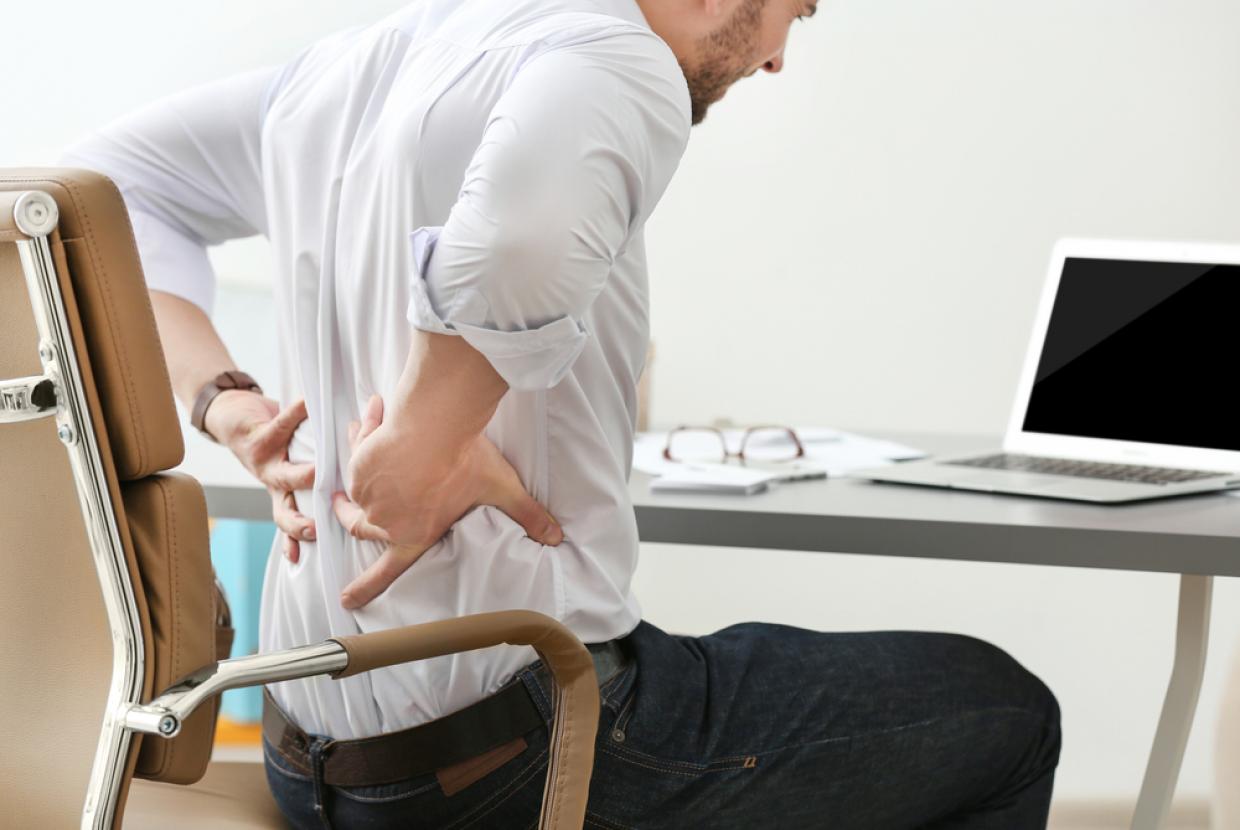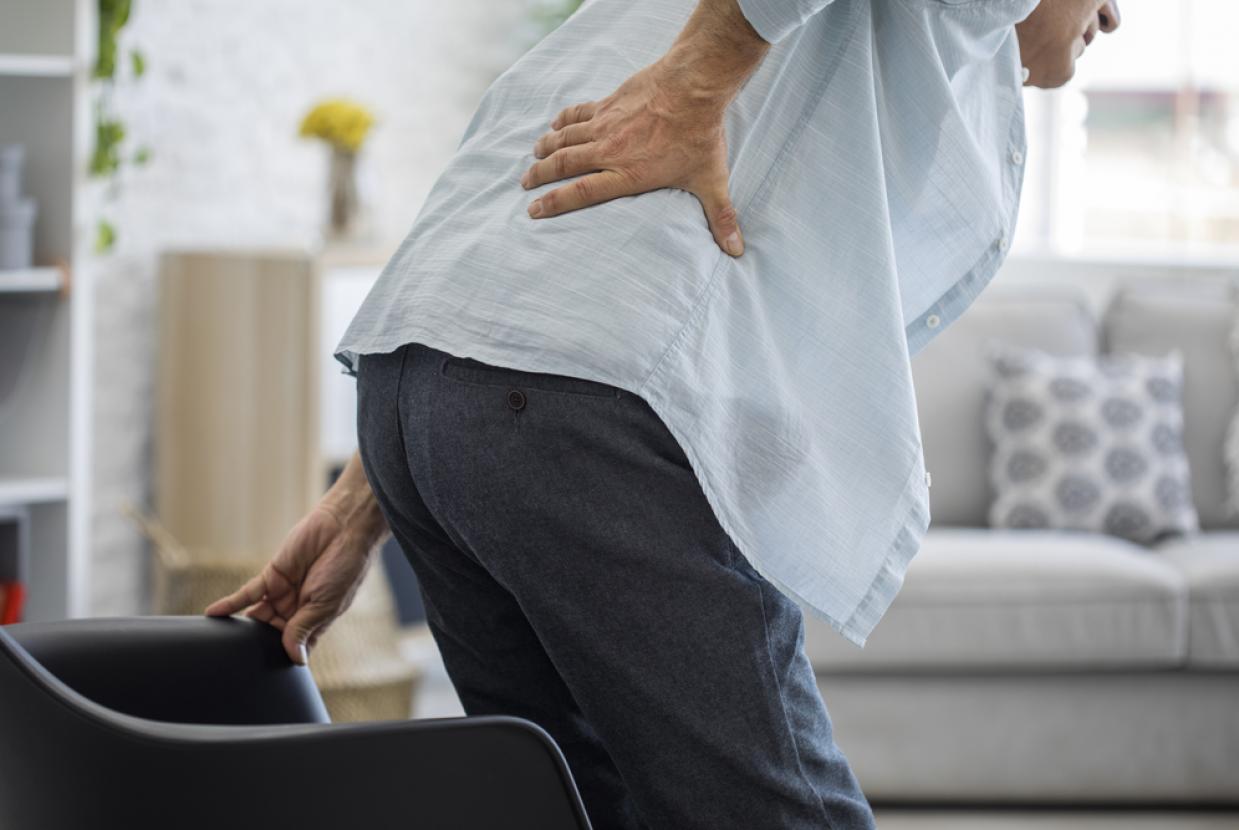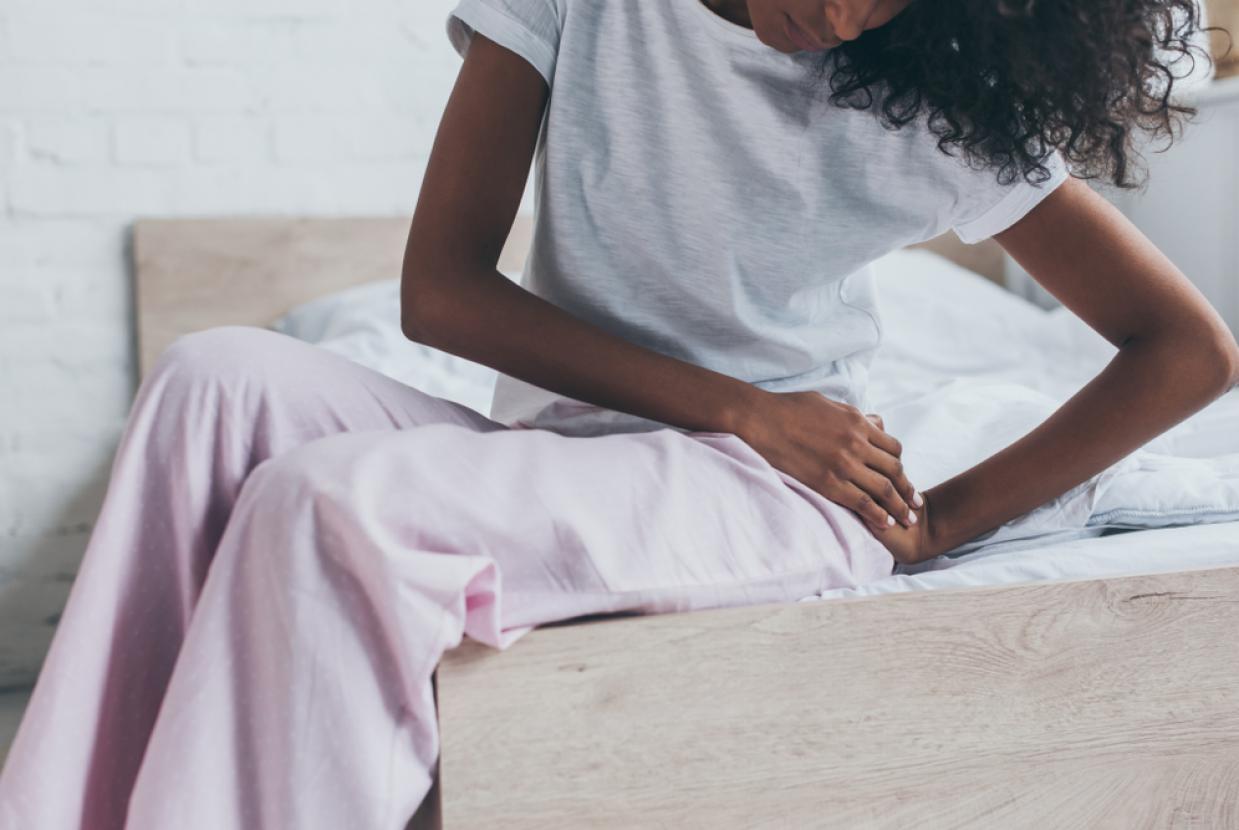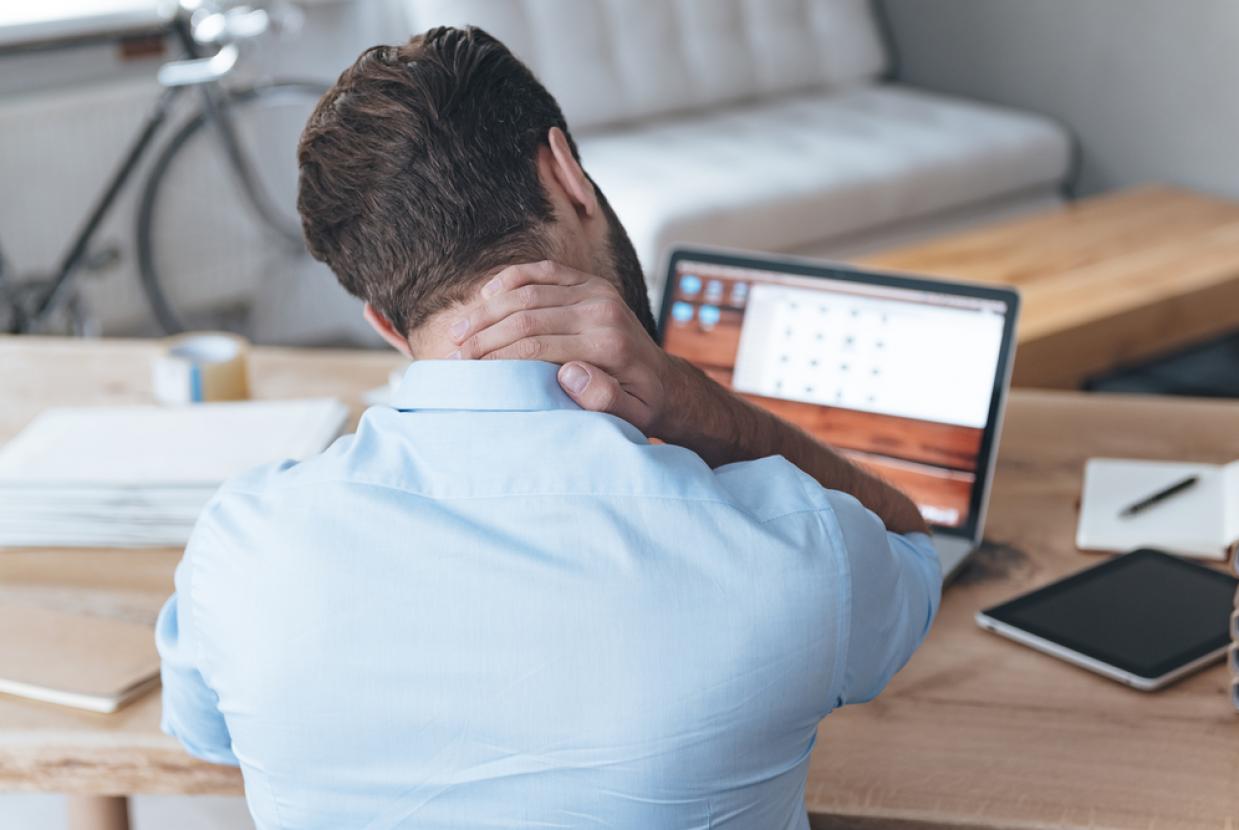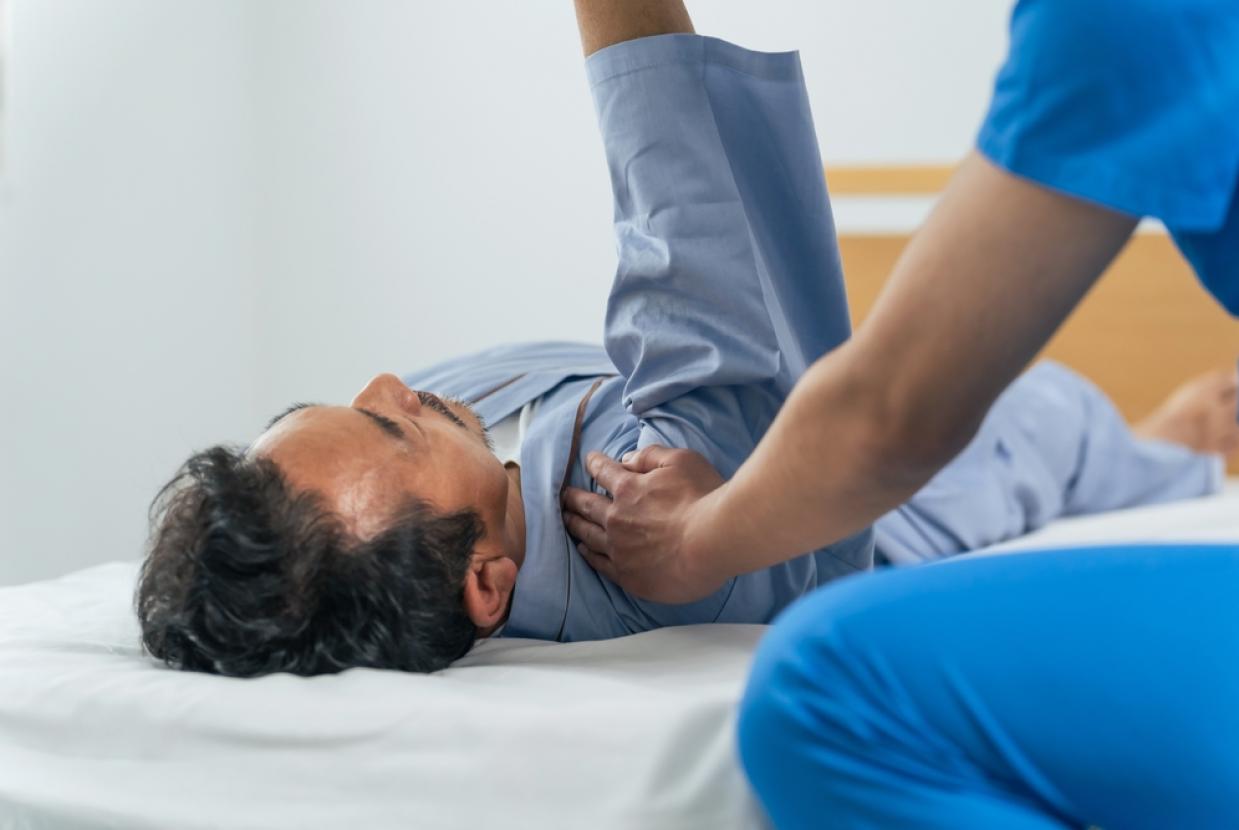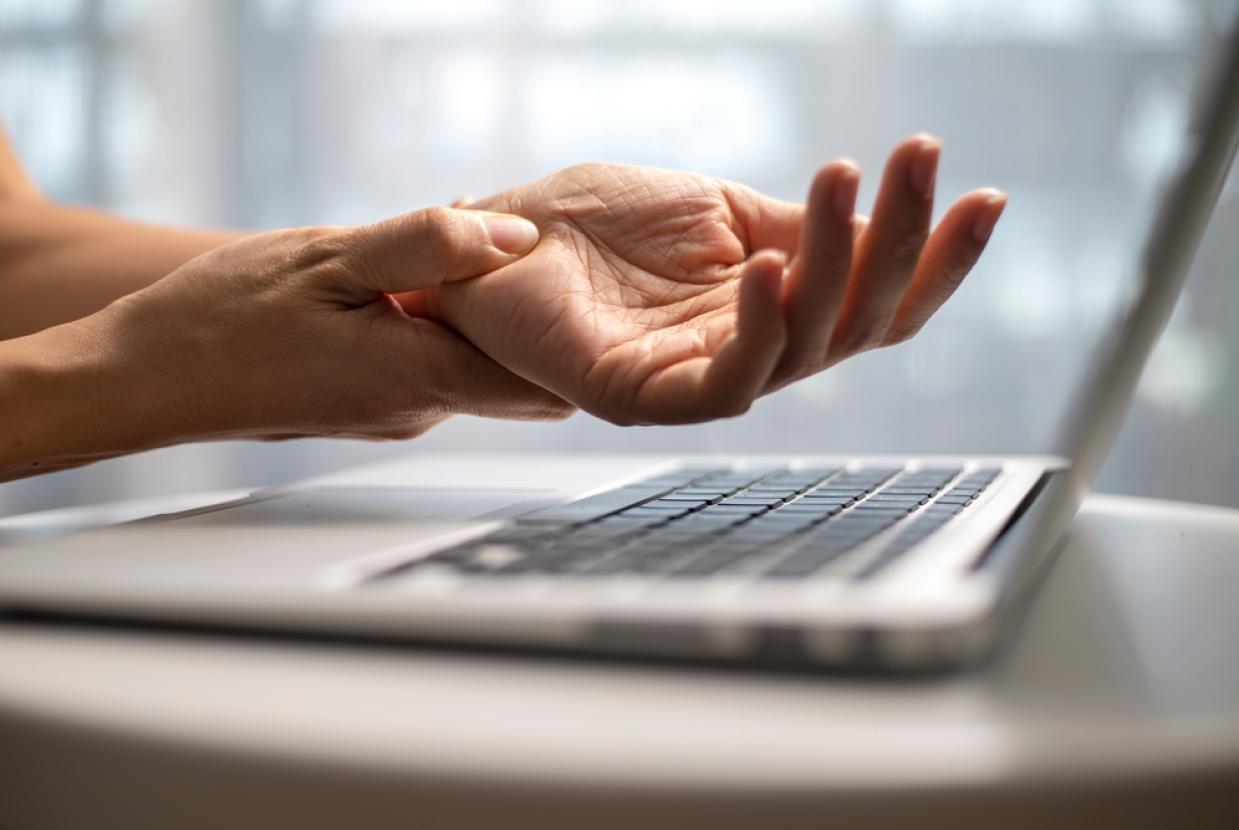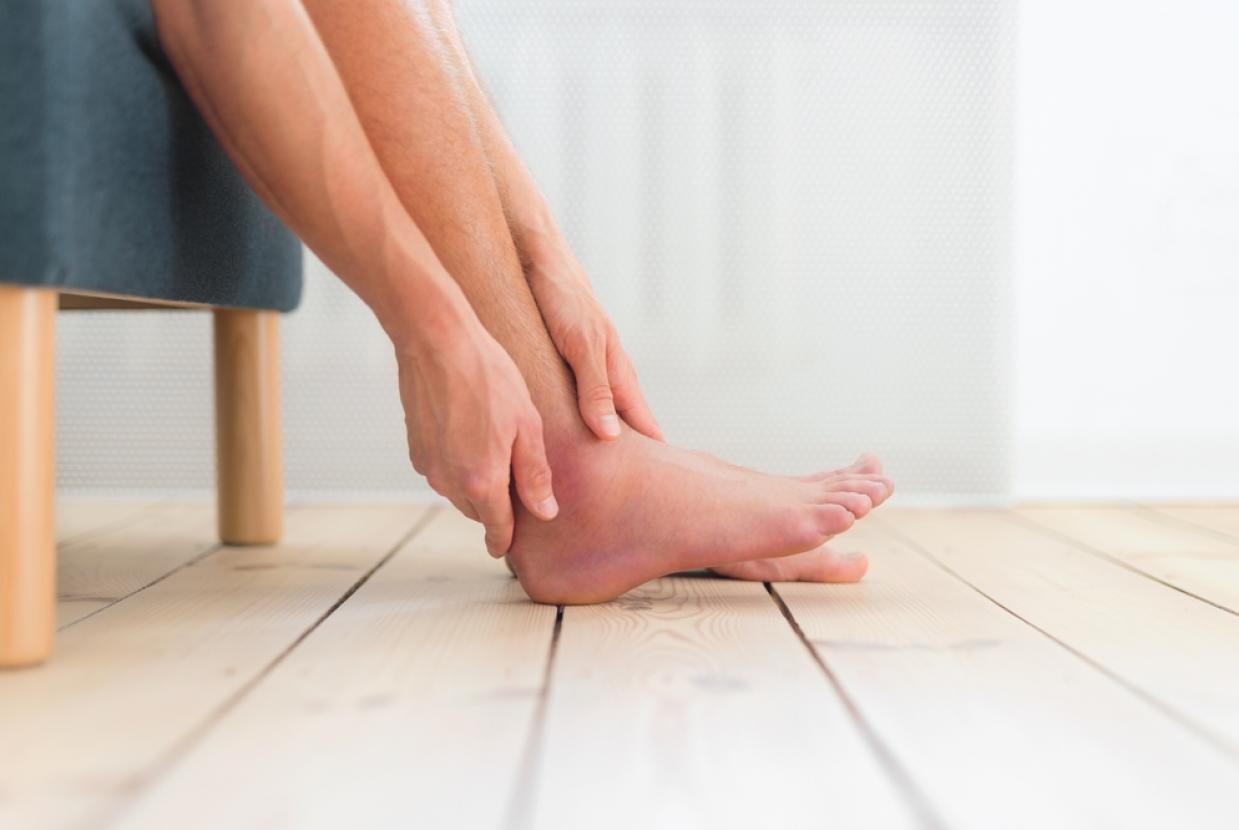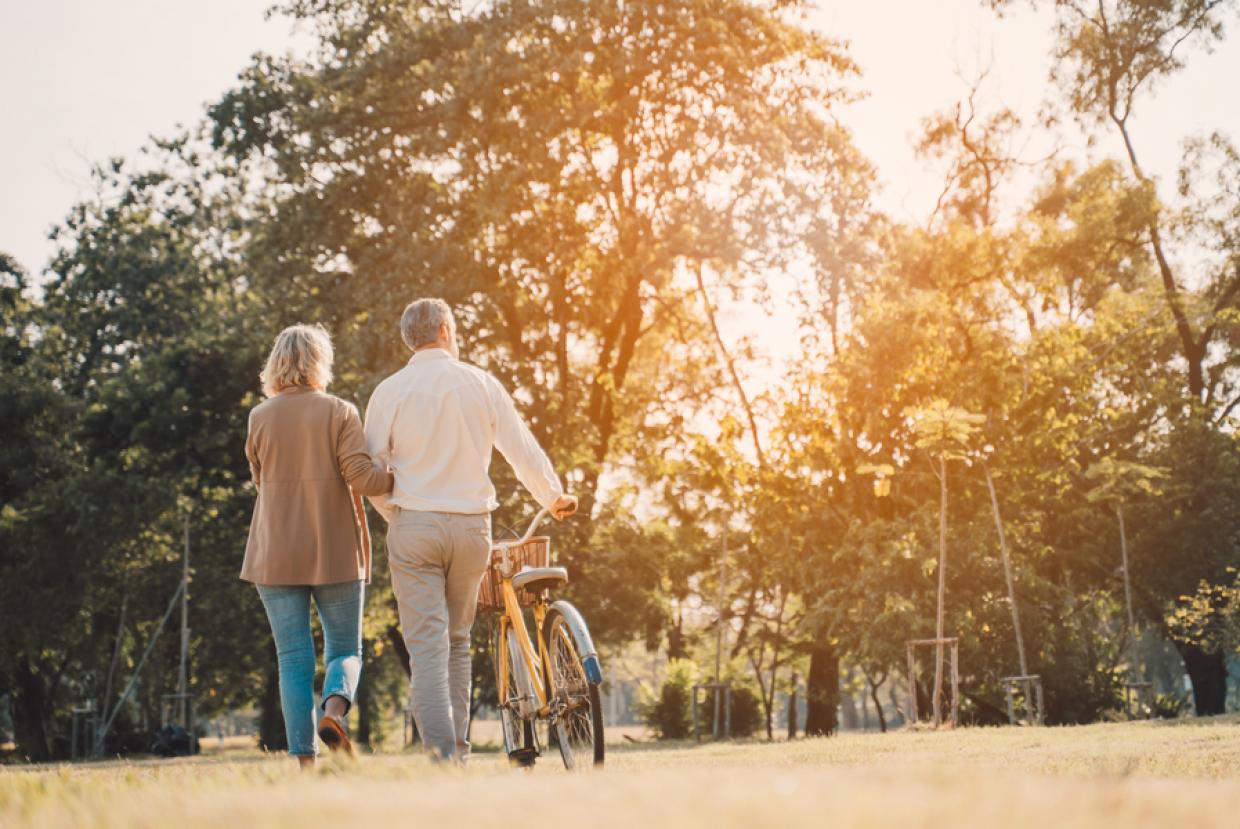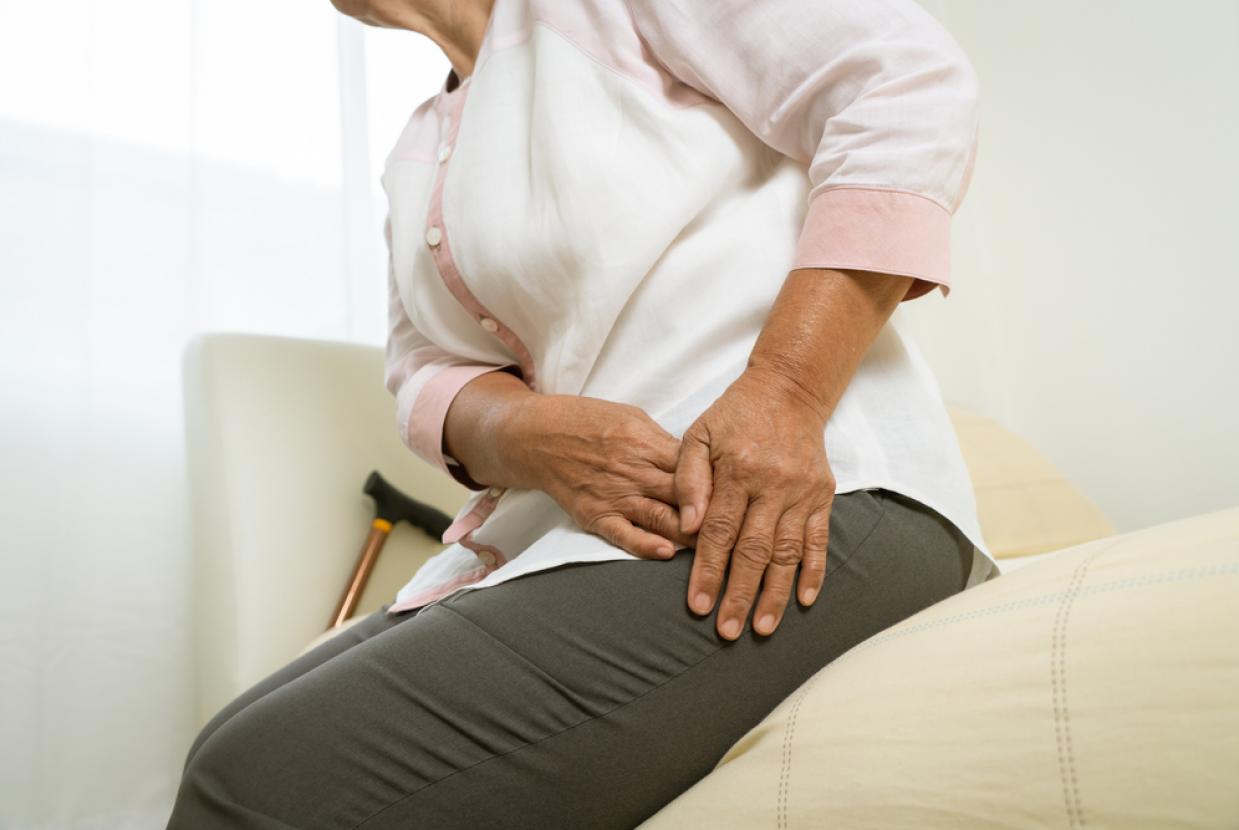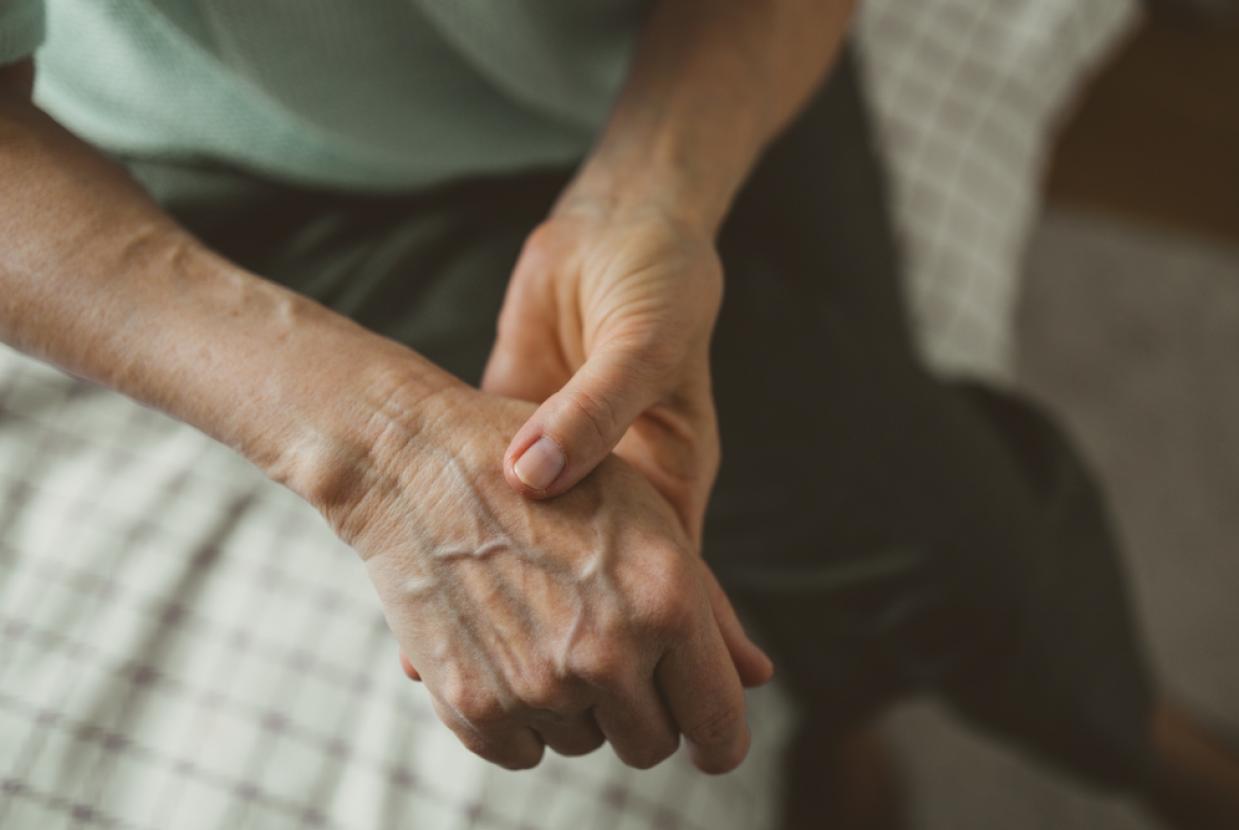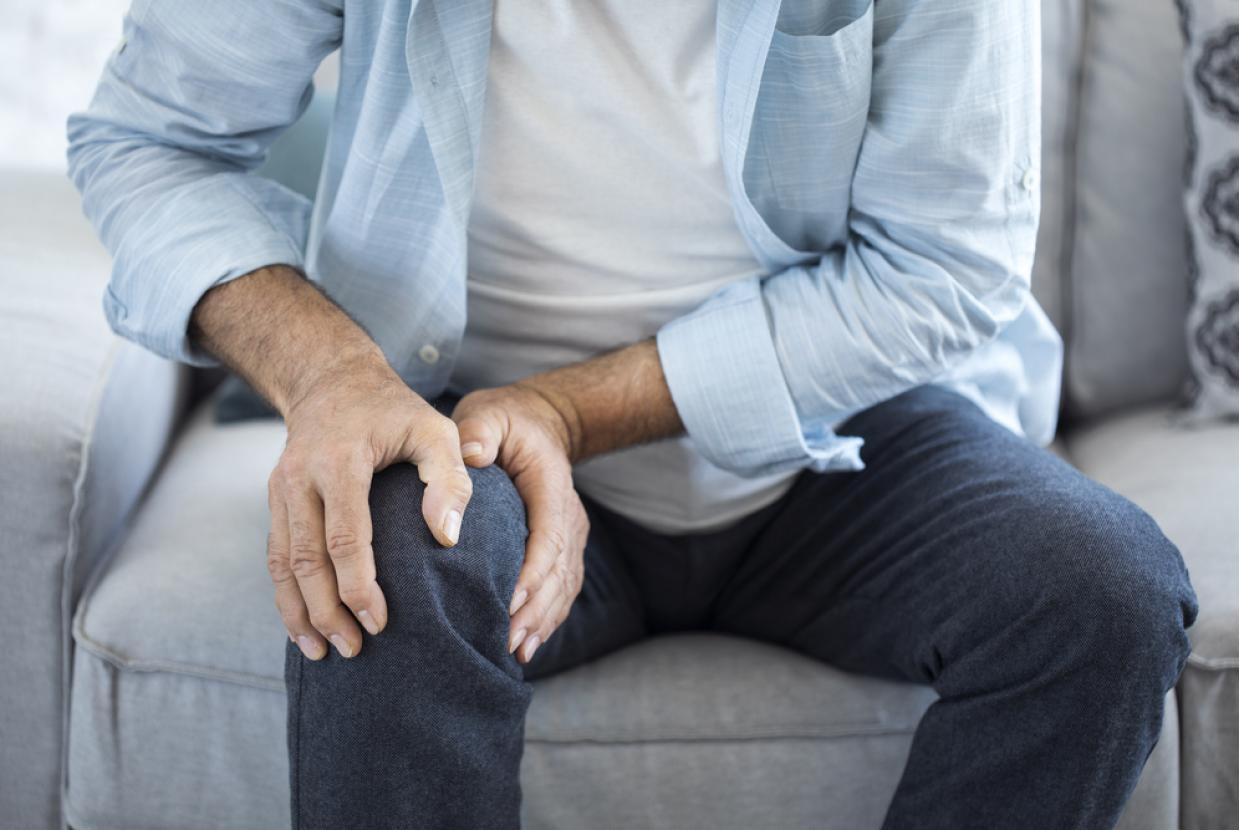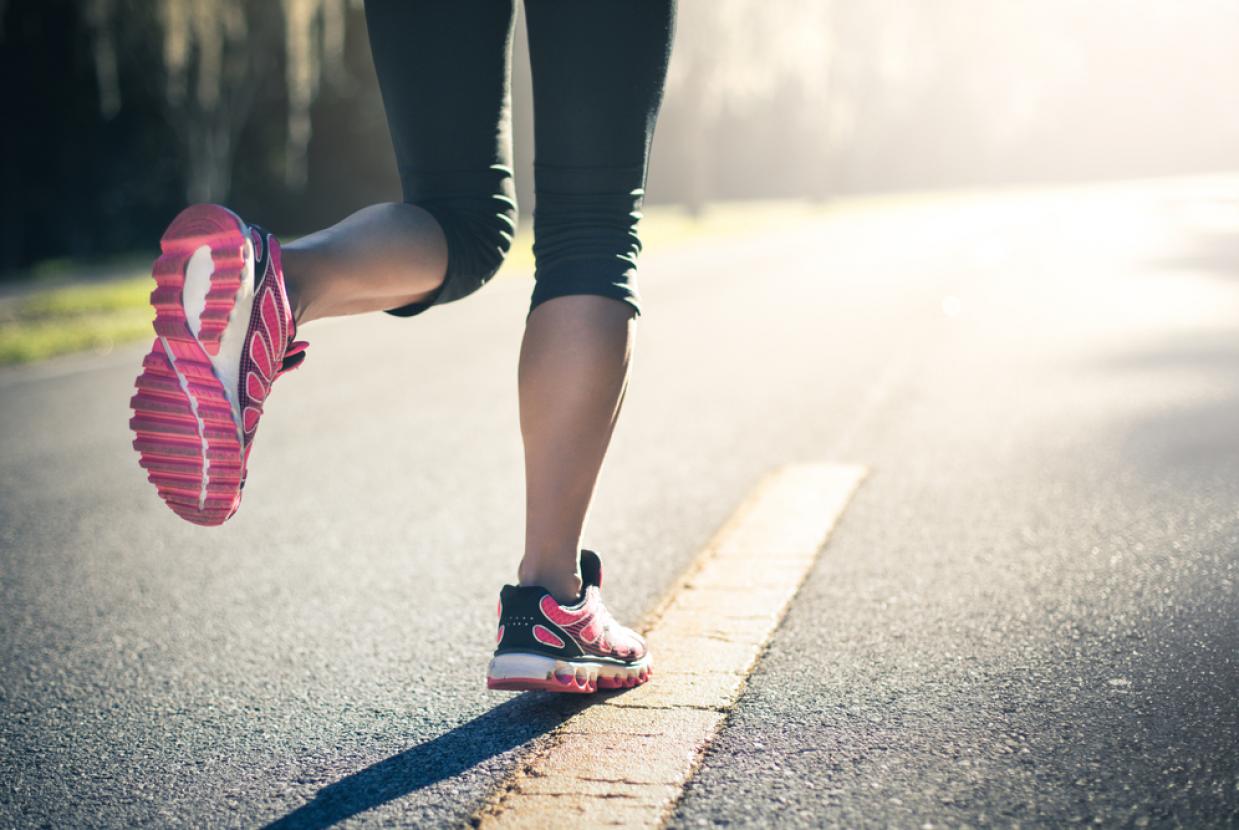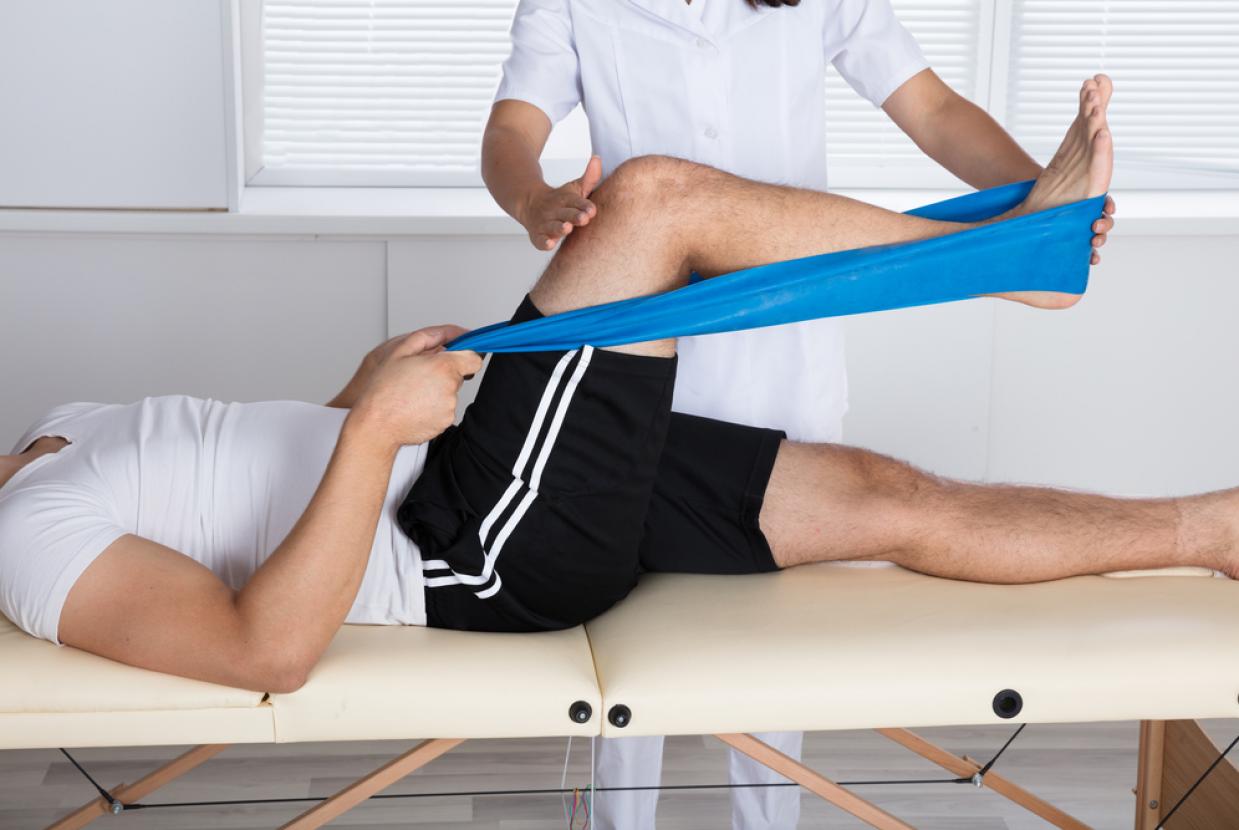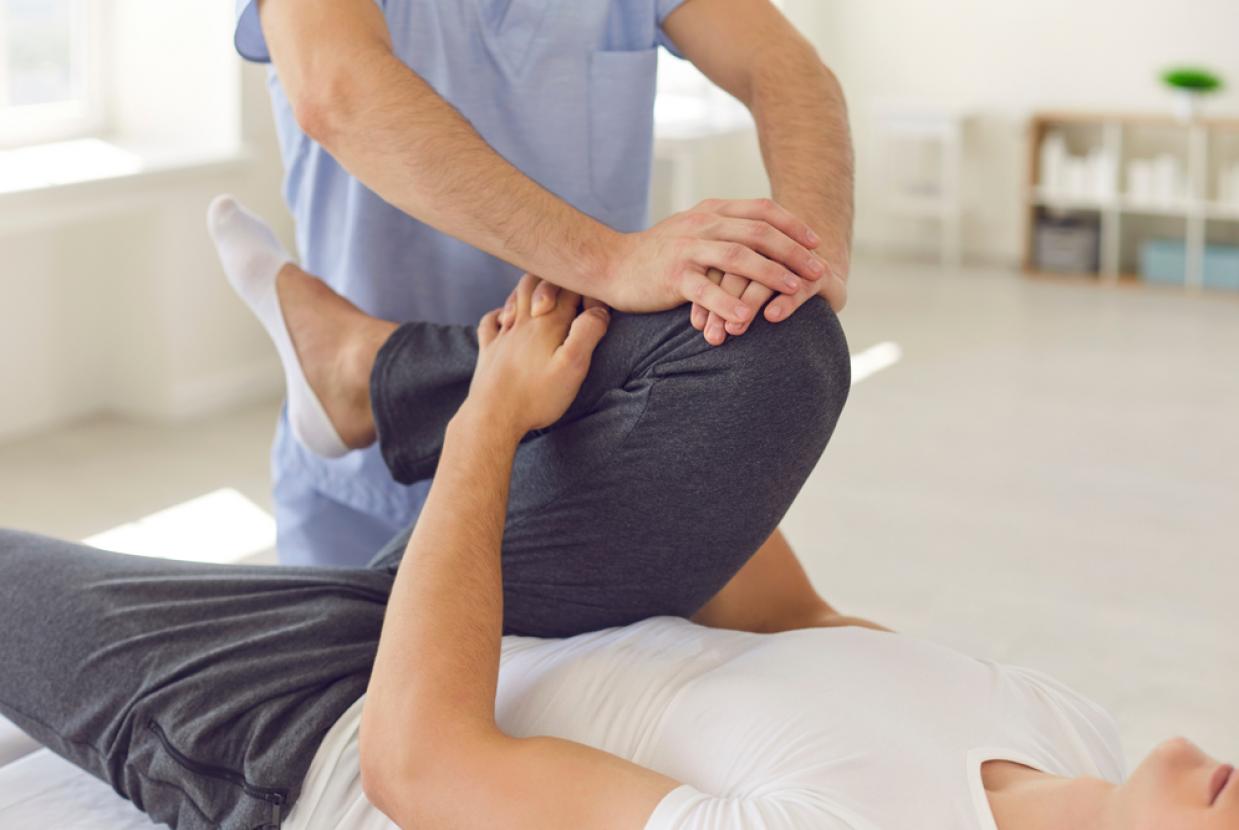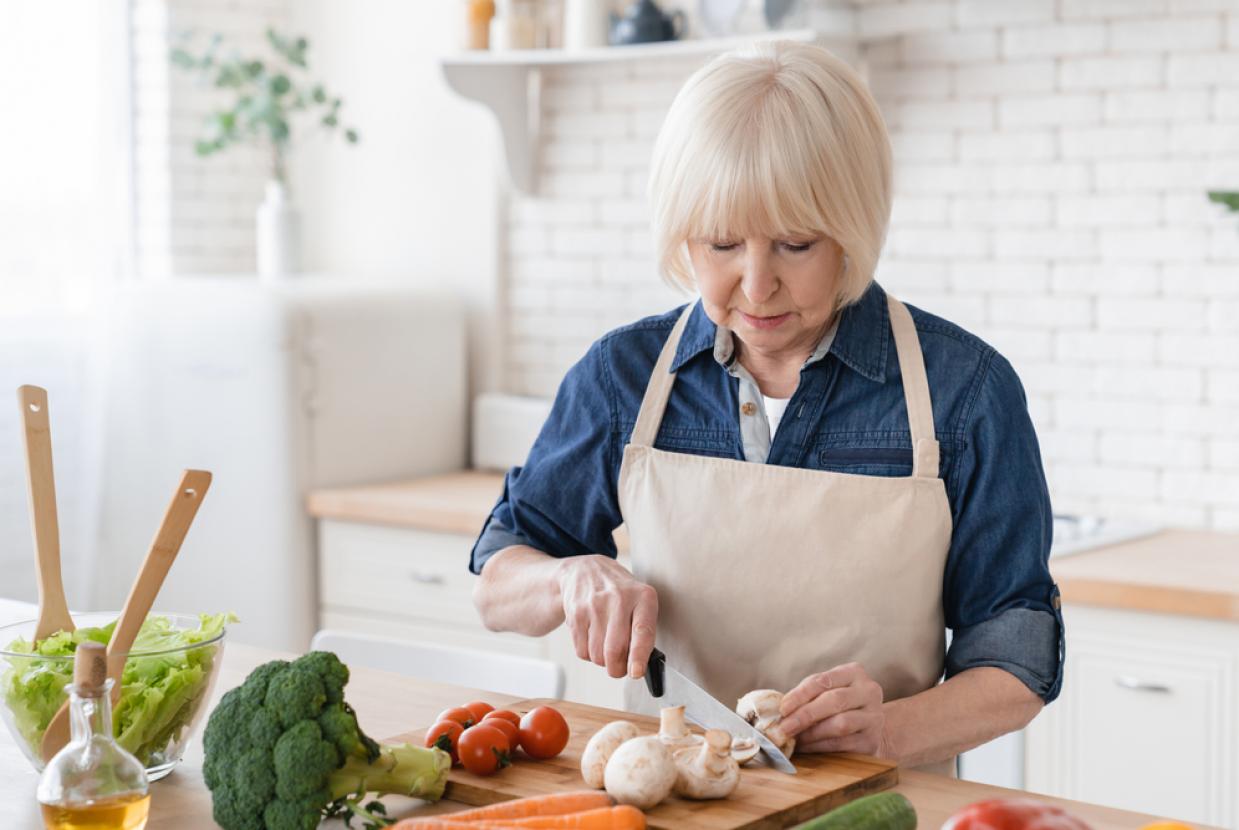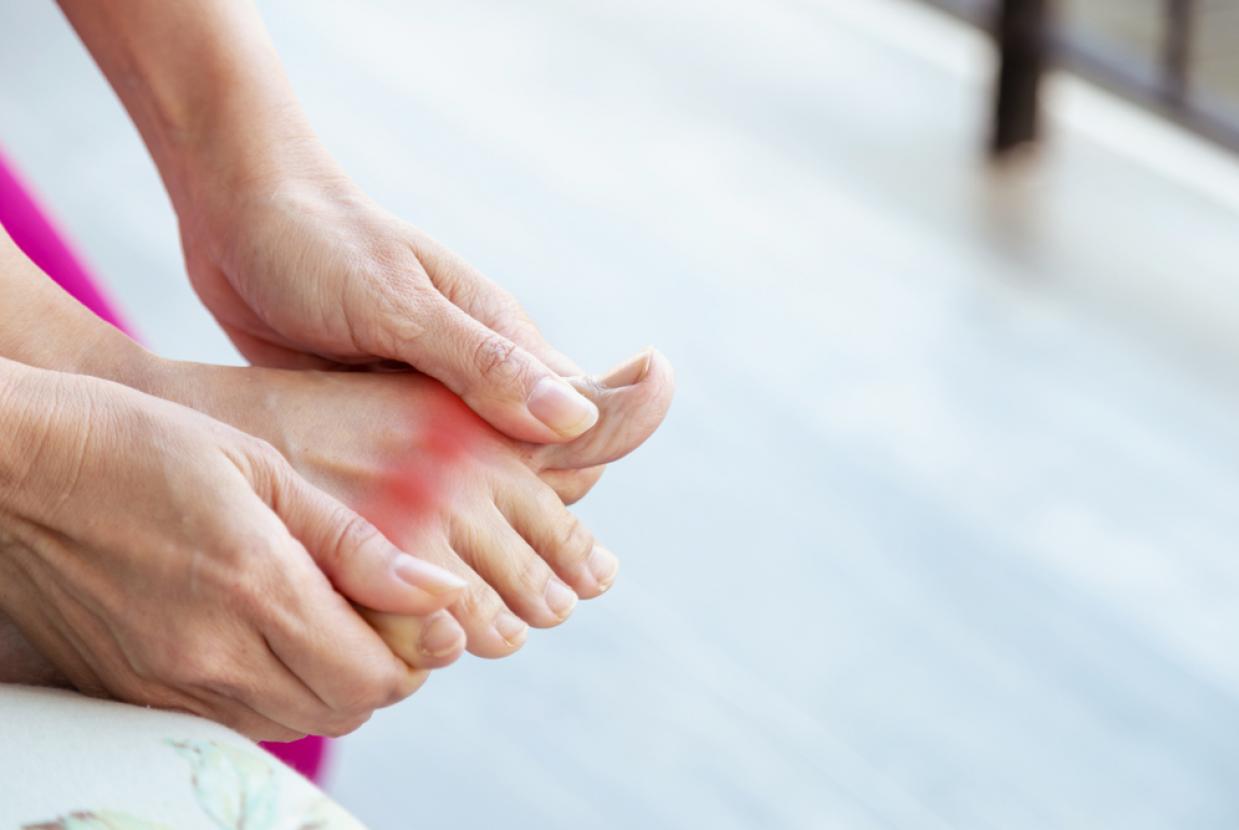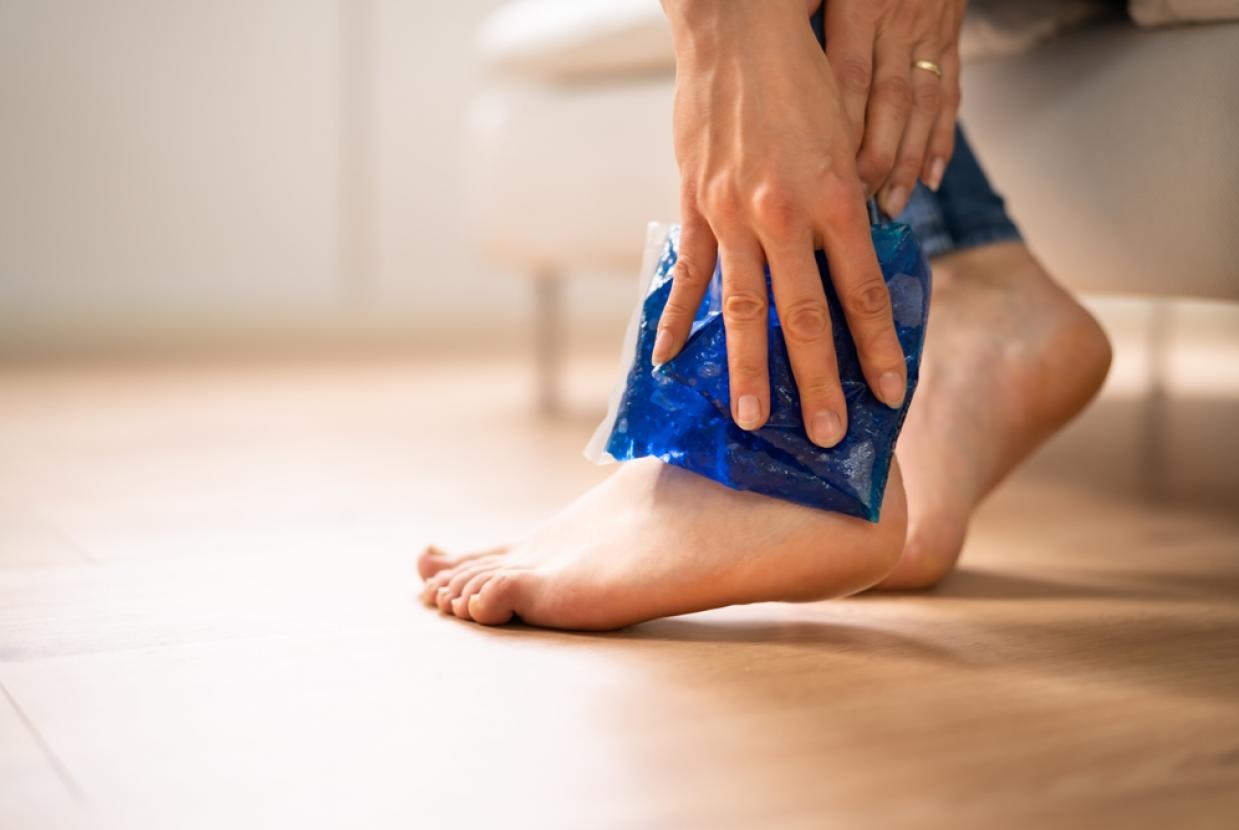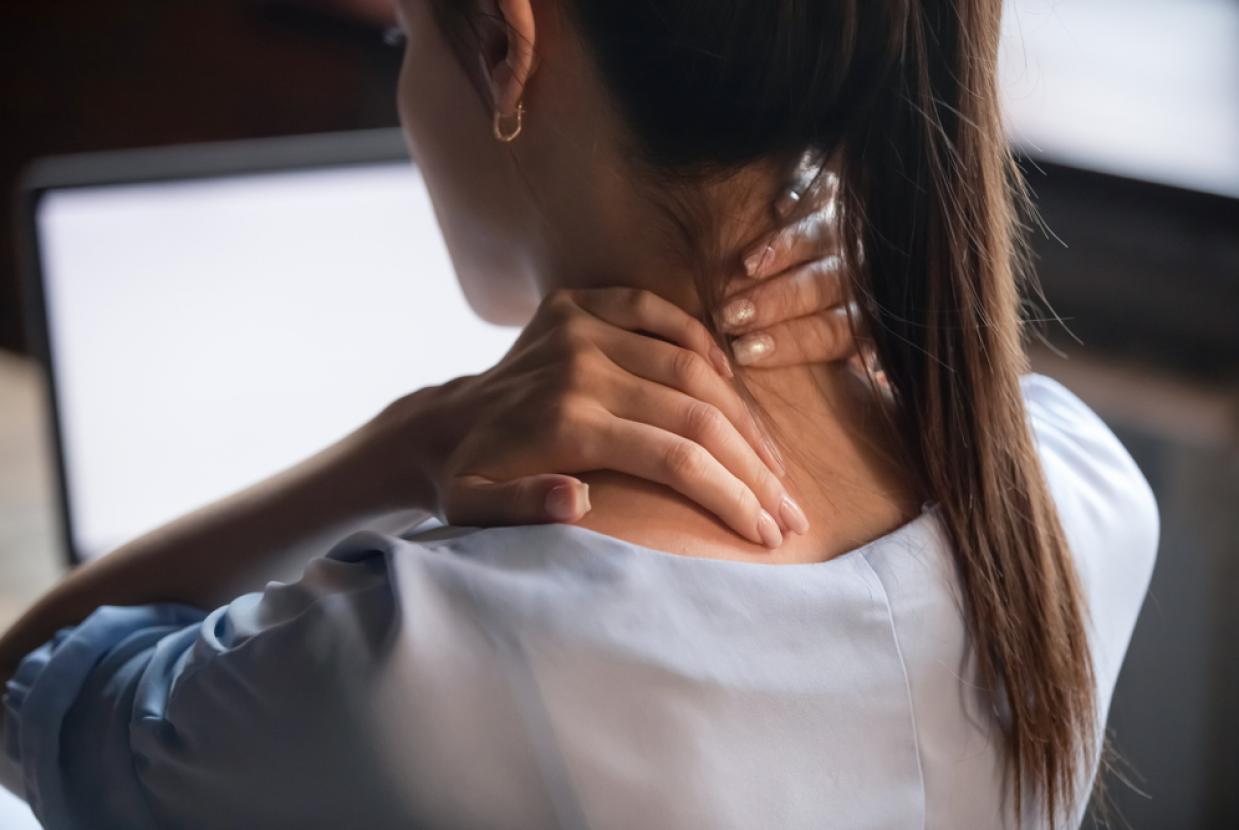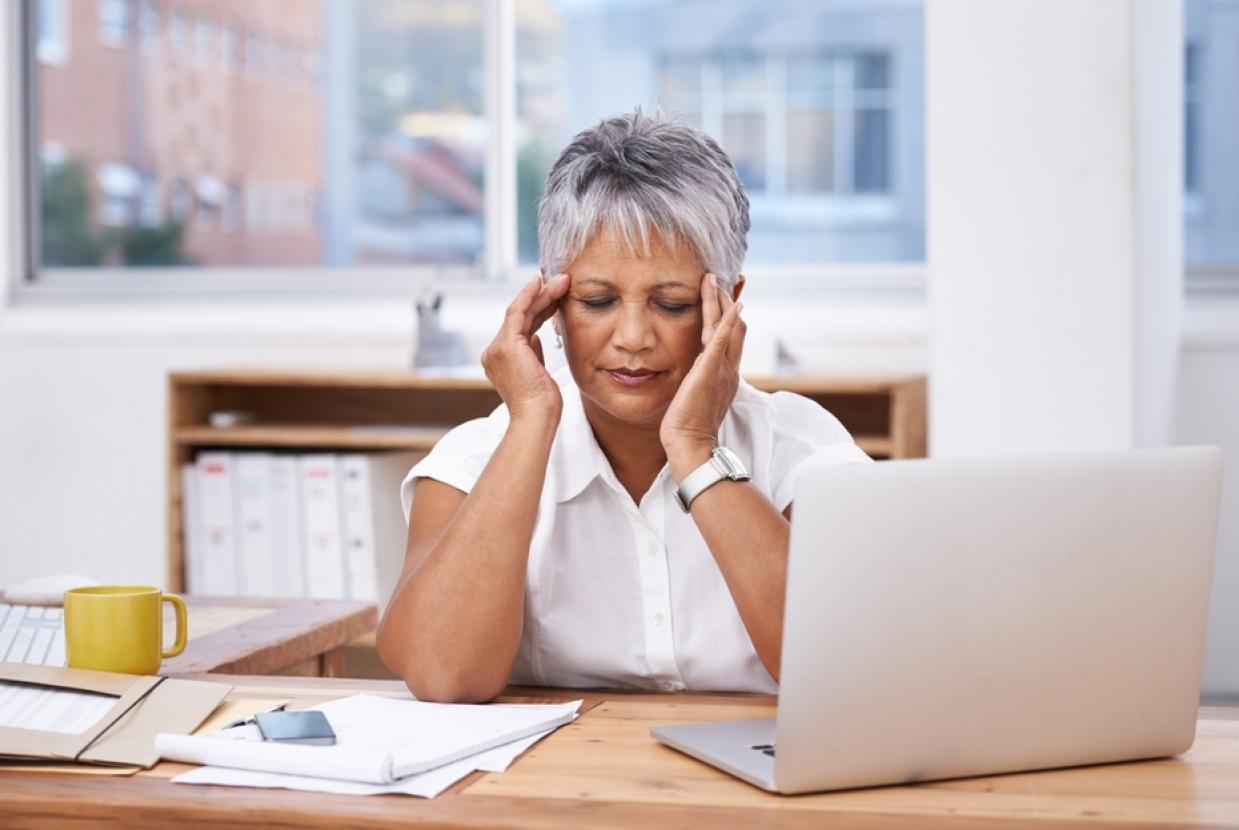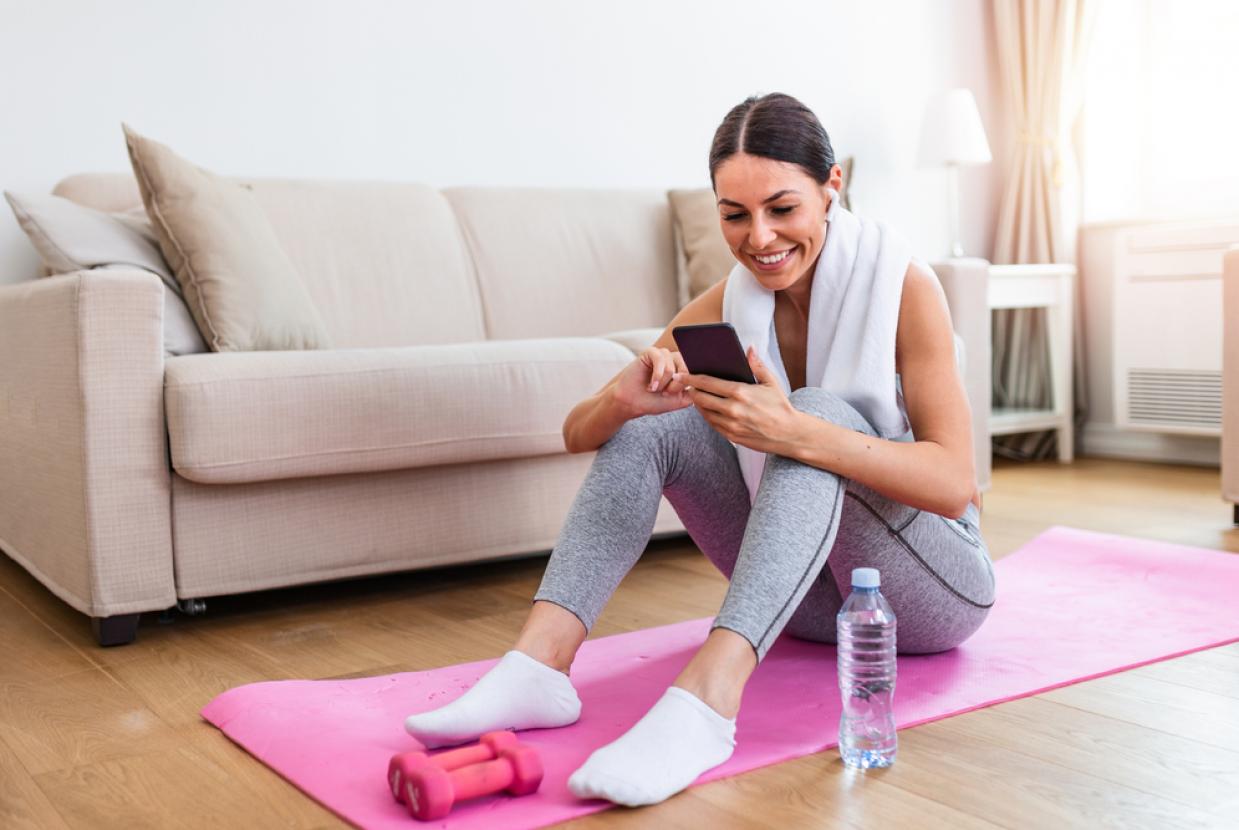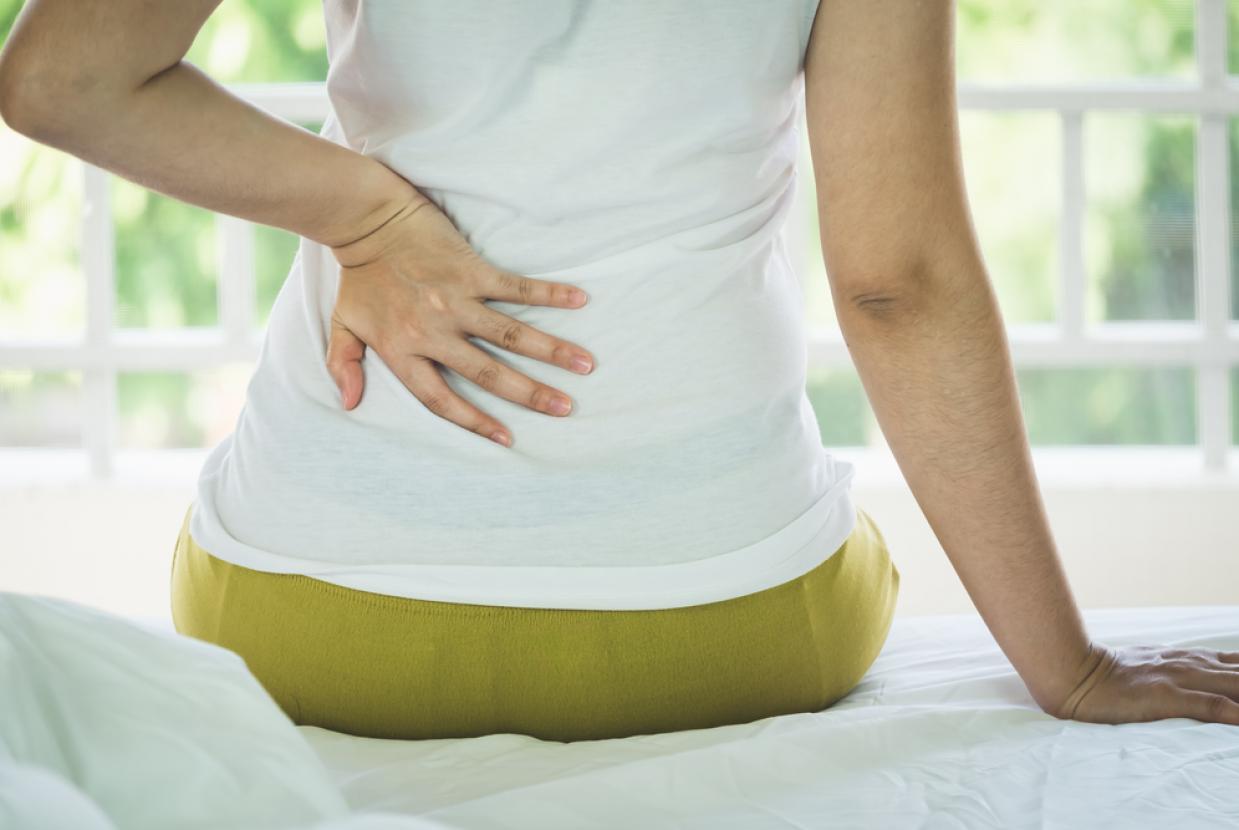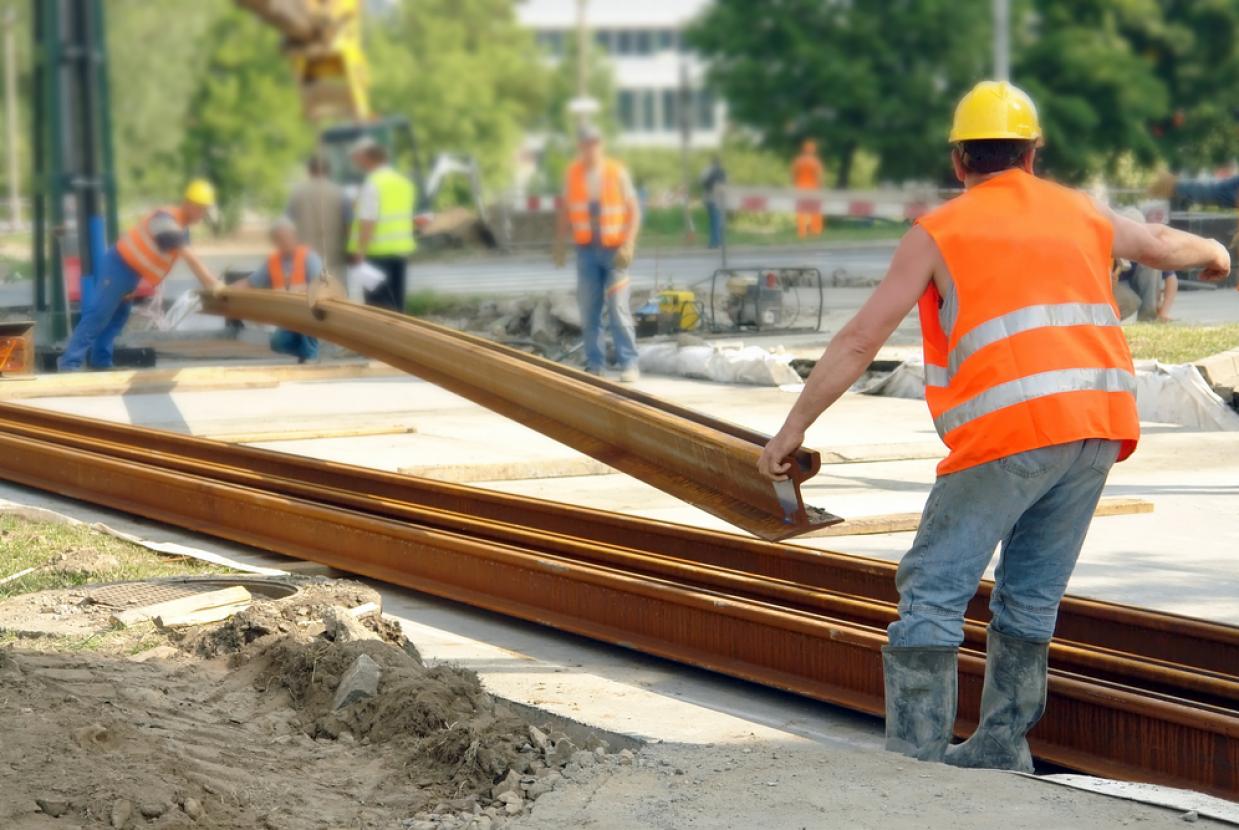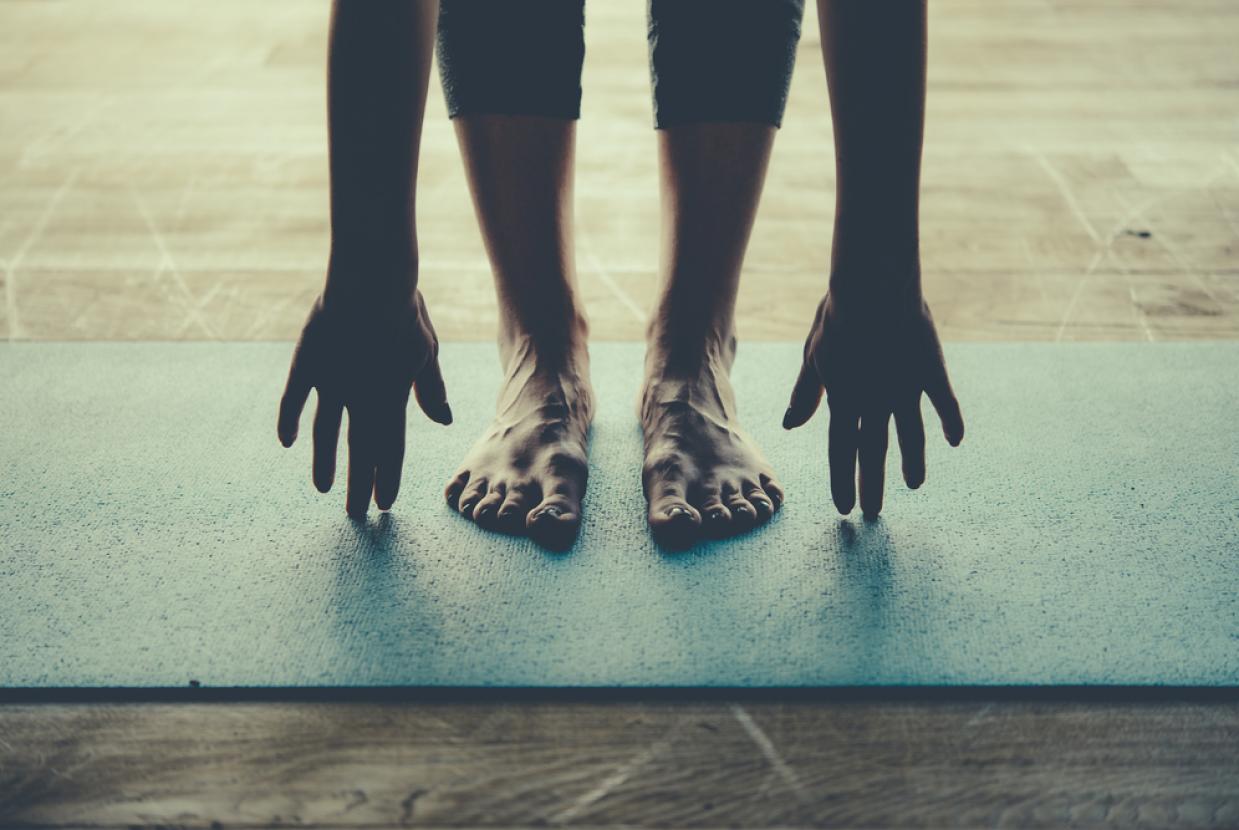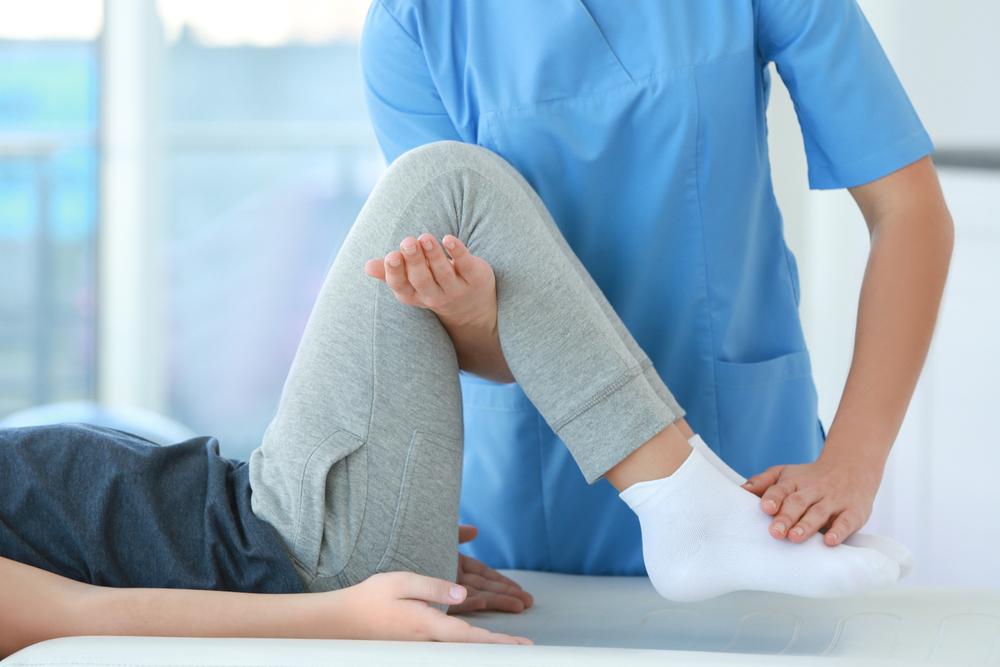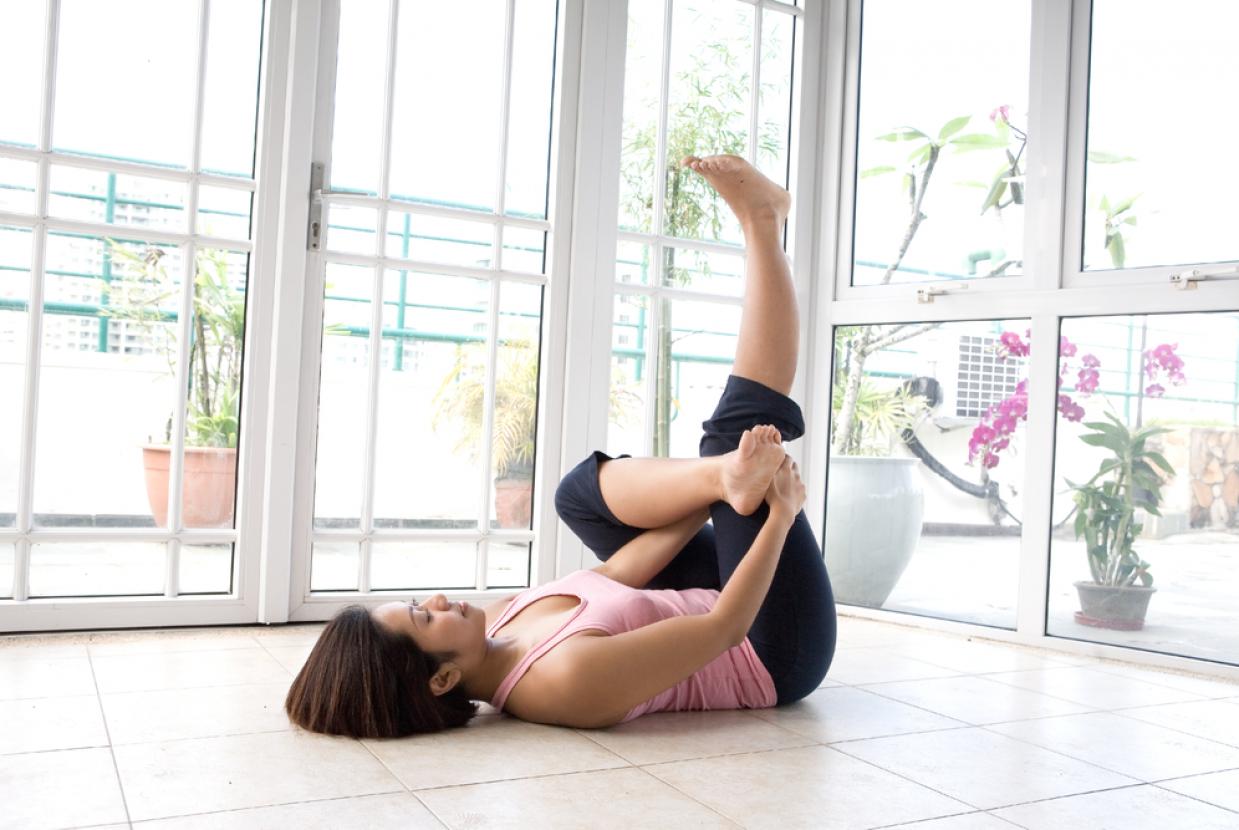5 Ways You Can Look After Your Joints
Arthritis/Back Pain/Joint PainWe know that living with pain can be unpredictable. Some days your pain might feel manageable. But on other days, everyday tasks such as showering or cooking dinner might feel like an uphill battle.
If you’re struggling, remember you’re not alone. Living in pain can’t take a toll on your mental health. So, speak to your friends and family about what you’re going through. There are also small steps you can take to manage your pain.
If you’re having a flare-up, painkillers or using a splint might bring some quick relief. But in the long run, there are other ways you can take to look after your joints and protect them from damage. These techniques are called joint protection.
What is joint protection?
Joint protection, sometimes called ‘joint care,’ is simply about making small changes to the way you do things so that you reduce the pain and strain on your joints.
This might include:
- noticing any pain you feel and using it as a warning sign that you need to rest or pace yourself.
- spreading the weight over several joints when carrying things.
- reducing the effort you put into daily tasks (aids and adaptations can be a huge help).
- avoiding gripping objects too tightly.
- avoiding using your joints in awkward positions.
- using your joints in stable positions.
- changing how you do a task if it hurts you.
Yvonne, has osteoarthritis, fibromyalgia and Raynaud's phenomenon. She said that when her GP signed her up for a pain management course it was a “turning point” for her.
“This was where I learnt about aids, pacing, adapting tasks, and accepting help from people, " she says. "Now, using joint protection, I could keep my joints as healthy as possible.
“I love gardening. So, to make sure I pace myself, I listen to a podcast and only work for the length of the podcast. Then I stop or change to a task that uses my body differently.
"I also use splints to help my wrists stay safe and I have a box on wheels, which I can sit on while I work.”
5 ways to look after your joints
We know it’s not easy to make joint protection a habit. But if you stick with it, you might find that your joints become less painful and swollen.
If it feels overwhelming, simply pick one task you find challenging and see if any of these tips help. It’s all about finding what works for you.
1. Respect your pain
Staying active is important if you have arthritis. But if you’re in serious pain or feel like it’s getting worse, it might be a warning sign that you’re pushing yourself too far or have done too much lately.
If that’s the case, it’s worth resting, pacing yourself, or adapting a task so it works for you. If you’re noticing more aches and pains, you could try taking a break every half an hour or so. Then, if you’re still in pain, try taking more breaks for a longer amount of time.
2. Use stronger joints to do tasks
If you’re carrying something, it’s best to use larger joints rather than smaller joints. That’s because larger joints tend to be protected by stronger muscles, so you’re less likely to get hurt. For example, it might be easier to carry bags on your forearms instead of your hands.
3. Use less effort
Pushing yourself too hard can damage your joints, so don’t be afraid to ask for help if you need it. Remember you’re not burdening others. Chances are they want to help.
To make it easier for yourself, you could also reduce the weight of what you’re lifting. For example, if you’re moving a heavy cardboard box, you could take a few items out before lifting it. Or if you can’t reduce the weight of the object, you might want to try using a trolley or wheelbarrow.
Aids or adaptions can be a huge help too. Aids are items of equipment that can help you manage everyday tasks such as dressing, cooking and walking. They can include walking aids, easy-to-use kitchen utensils and cutlery with large handles.
Adaptations are changes made to your home to help you move around. They can include fixed ramps and baths with built-in handles.
Many people with arthritis are eligible to get aids and adaptions from their local council for free. This is sometimes called ‘community equipment.’ To see if you’re eligible, ask your council for a ‘free needs assessment.’
4. Avoid gripping things tightly
Gripping objects tightly — when you’re writing, knitting, or using tools like a screwdriver, for example — can put a lot of strain on your knuckle and thumb joints. With that in mind, it can help to loosen your grip, use padded handles, or take a break to rest your hands.
5. Avoid positions that push your joints into awkward positions
Over time arthritis can damage your joints and cause them to become unstable. So it’s important to avoid any awkward positions that might increase your risk of joint problems. Pay attention to how you use your joints and try to avoid:
- lifting heavy objects with your wrists bent downwards.
- twisting or over-straightening your fingers.
- using too few joints for a job (for example, using a few fingers to carry a plastic bag instead of your forearm).











